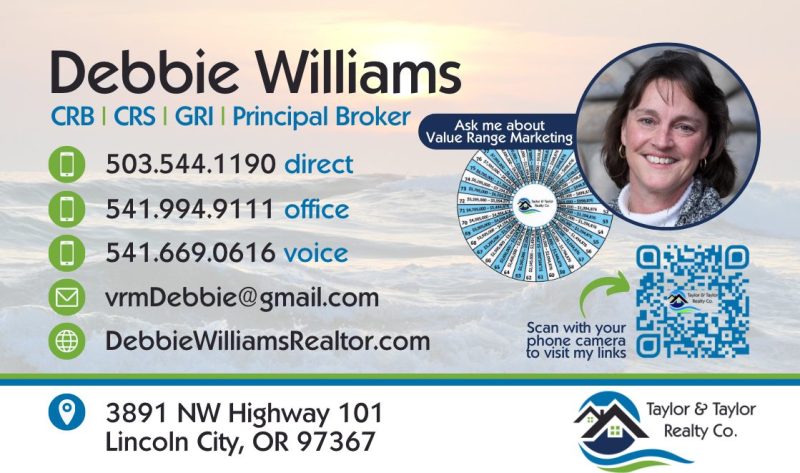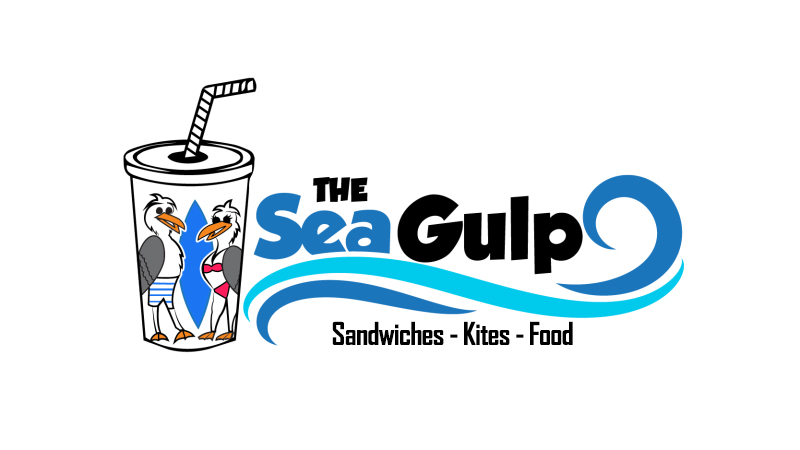Much attention has recently been focused on preparing for a high-magnitude Cascadia earthquake. But tsunamis are a significant after-effect of high-magnitude quakes. Although they are rare, tsunamis can be extremely deadly. In December 2015, the United Nations General Assembly Office for Disaster Risk Reduction (UNISDR) designated Nov. 5 as World Tsunami Awareness Day. This year marks the first observance in the U.S., and around the globe. The 2016 theme is “Effective Education and Evacuation Drills.”
According to UNISDR, more than 260,000 people have perished in 58 separate tsunamis in the past 100 years. At an average of 4,600 deaths per disaster, the toll has surpassed any other natural hazard.
Karen Parmelee, geohazards awareness coordinator at Oregon’s Office of Emergency Management, says there are two types of tsunamis and urges people to know the difference.
Distant tsunamis, caused by a large undersea earthquake, comes from across the ocean and will take a few hours to come ashore, leaving time for an official warning and evacuation if necessary. In contrast, local tsunamis come ashore within 10 to 20 minutes after a nearby offshore earthquake. People near the ocean should head to high ground as quickly as possible as the only warning will be the ground shaking.
“People on open beaches, in low-lying areas, near bays or tidal flats, and near river mouths that drain into the ocean may have little time after a large earthquake to move to high ground,” said Parmelee. “Knowing what to do and where to go can save lives. Know local evacuation routes and assembly areas in coastal areas,” she said.
The Oregon Office of Emergency Management has several resources to help educate the public about tsunami safety:
Tsunami Safe: Hospitality Begins with Safety is a free program aimed at the hospitality industry. Hoteliers, motel owners and staff, bed and breakfast hosts, and people offering Airbnb, are all invited to attend. Classes are offered Nov. 1-8. An online schedule is available at www.tsunamisafe.info.
Know Before You Go is an OEM public information effort that encourages people to know the difference between a tsunami warning, advisory and watch, and provides evacuation maps and other resources for individuals and families.
The Tsunami Blue Line is an OEM wayfinding project implemented in Florence, Coos Bay, Reedsport and Gold Beach, aids coastal residents and visitors in finding a route outside the tsunami inundation zone and to safety.
Without Warning: Tsunami, the newest collaboration between OEM and Dark Horse Comics, helps to educate youth and others about what to do when an earthquake and tsunami strike.
For additional information about tsunami safety, visit www.tsunamizone.org.






